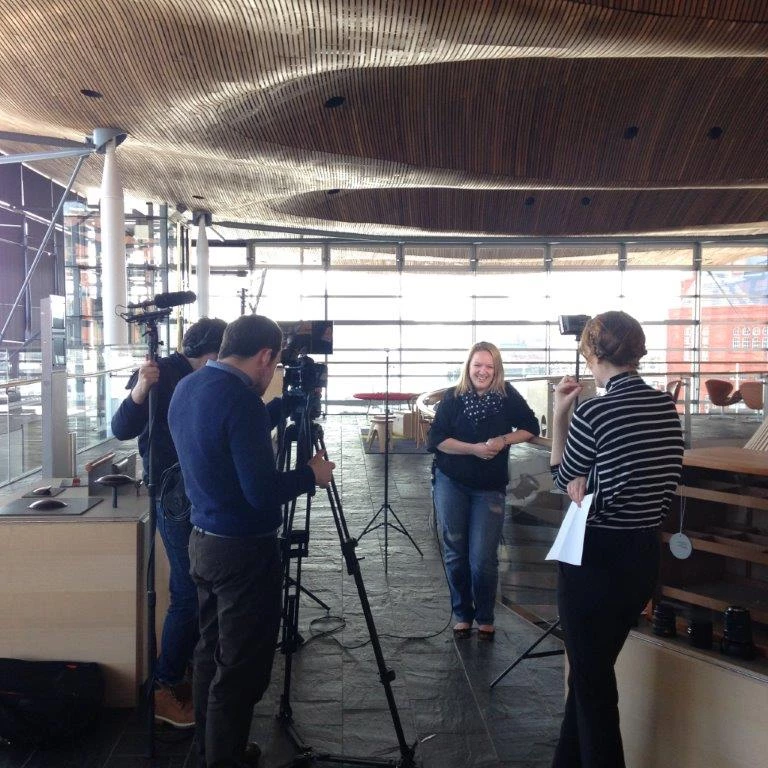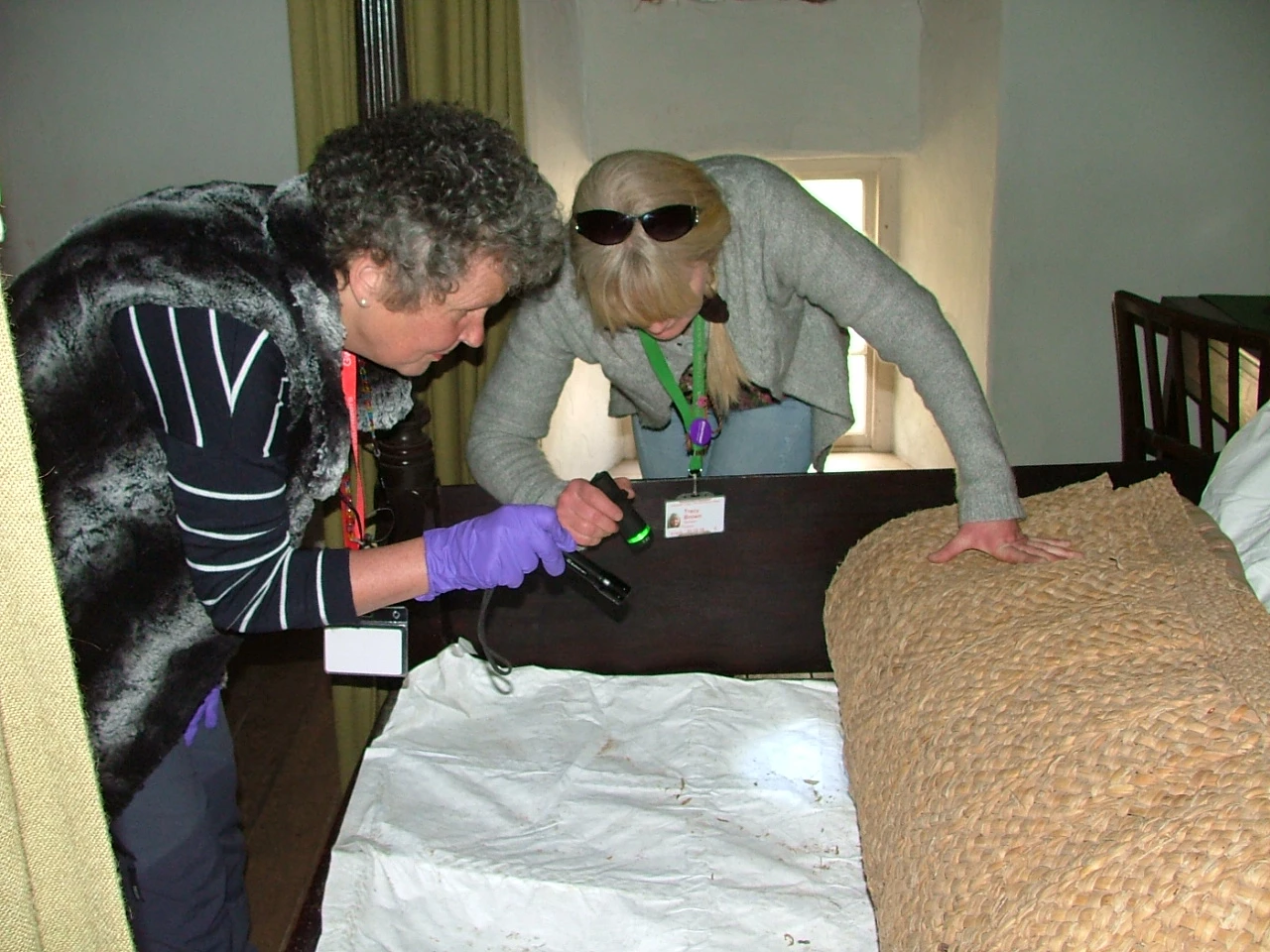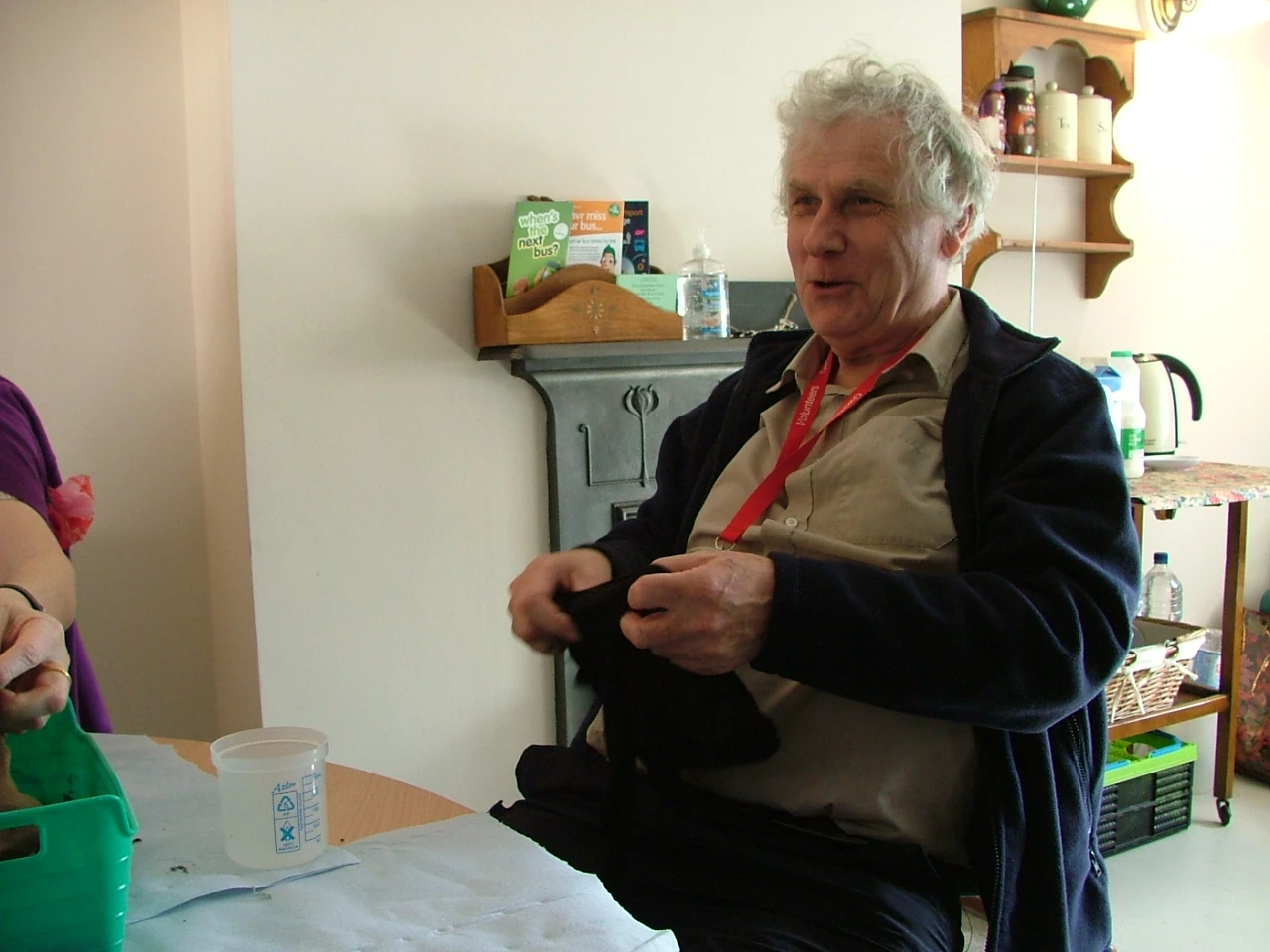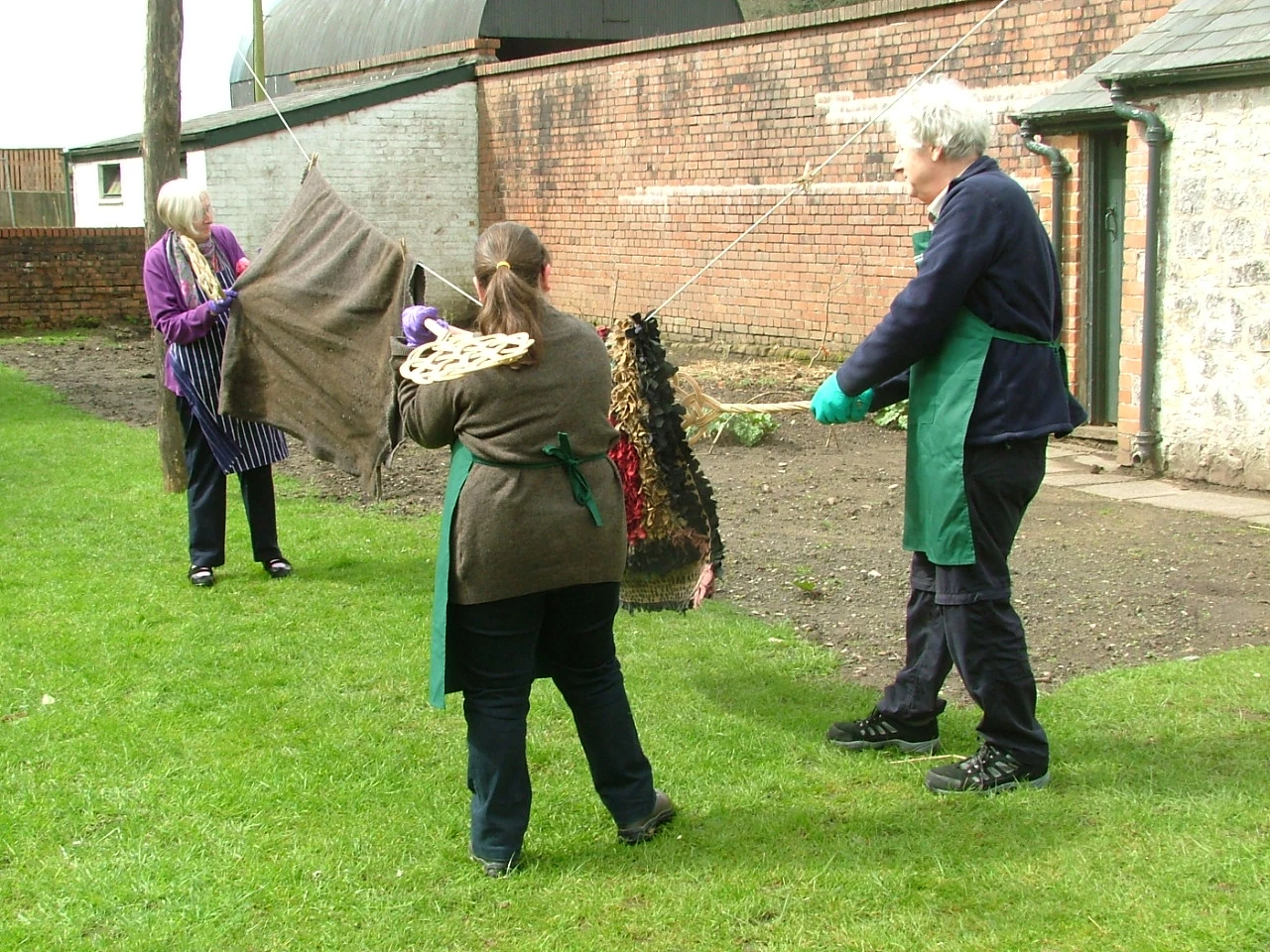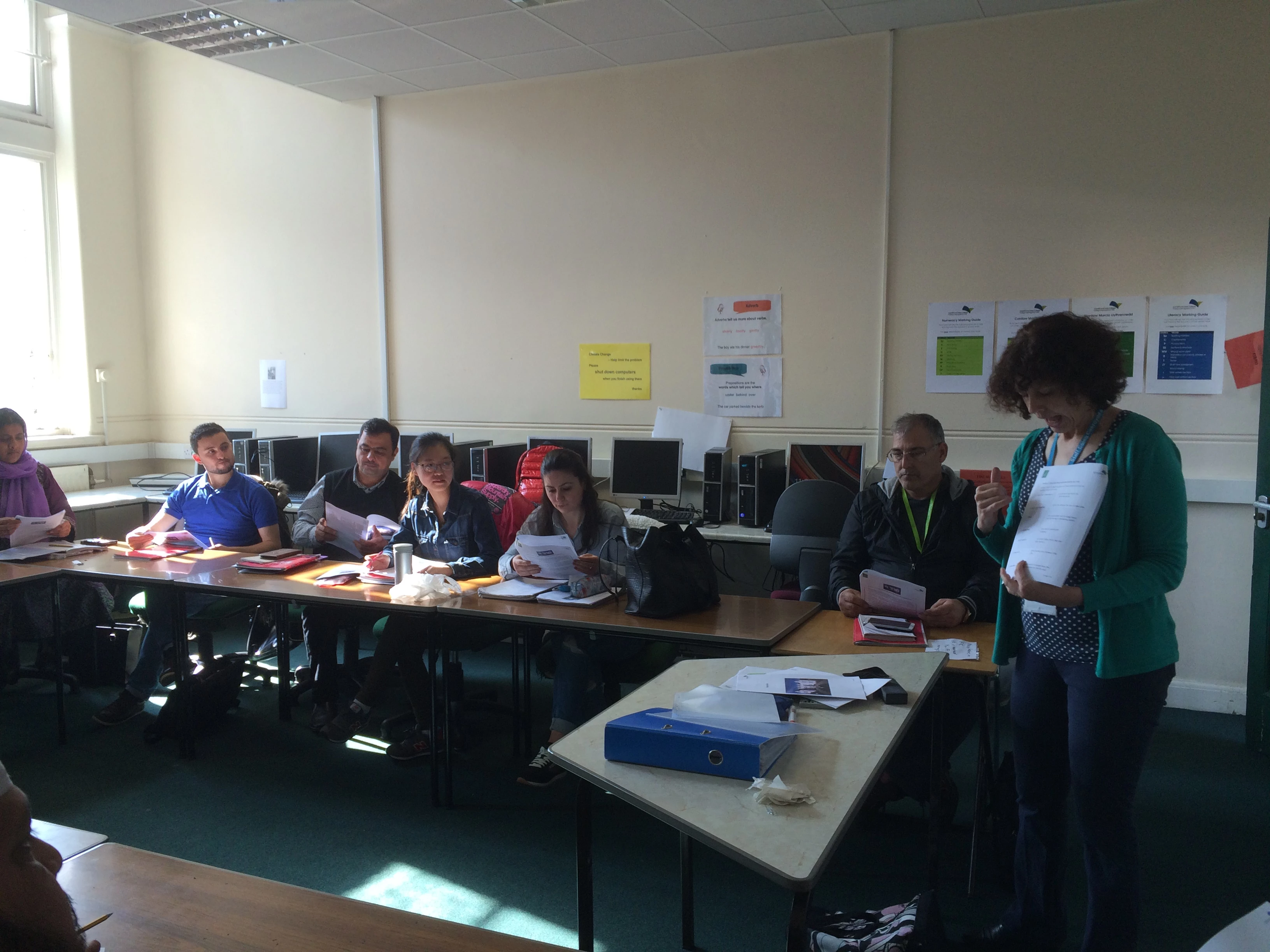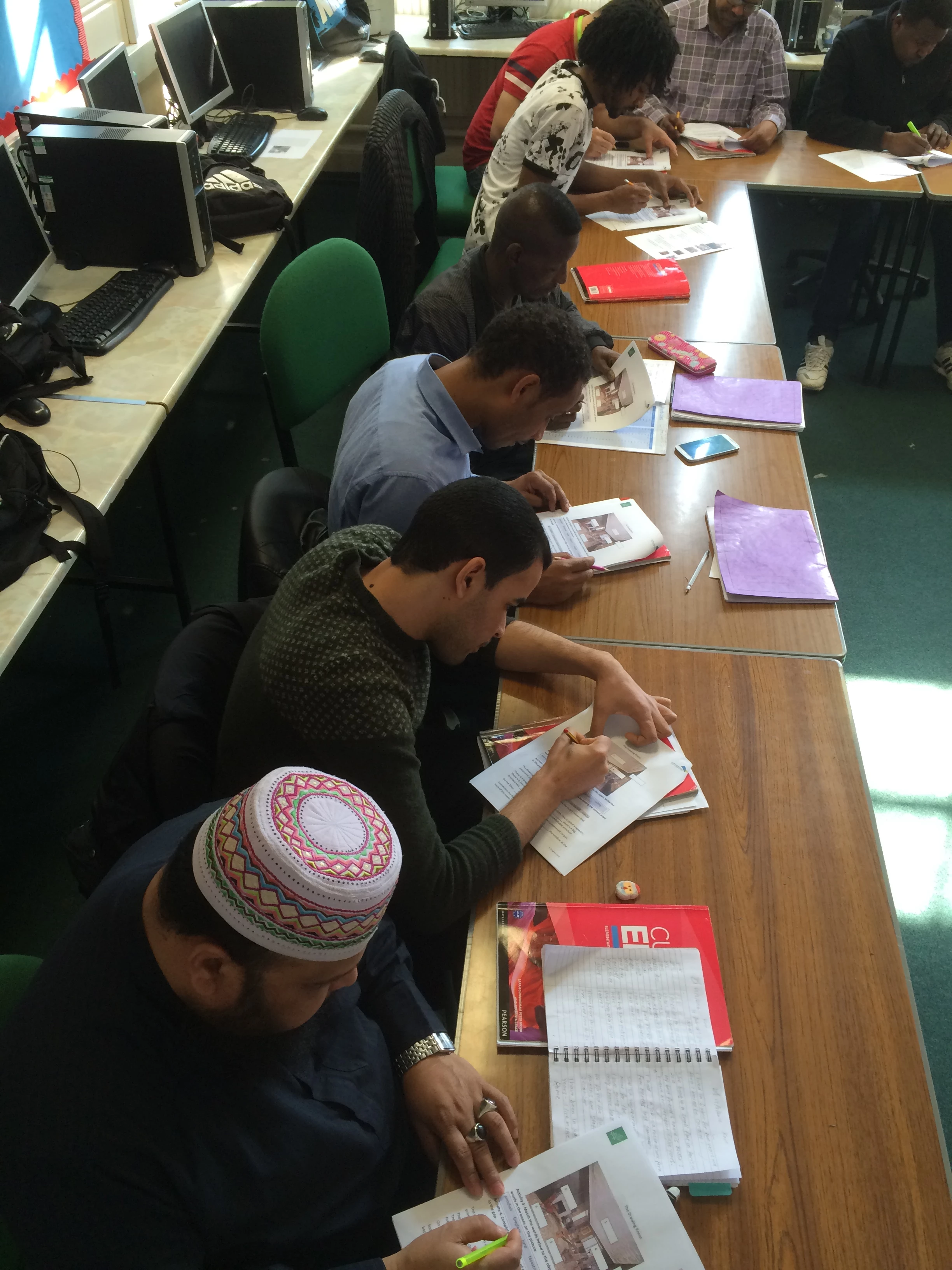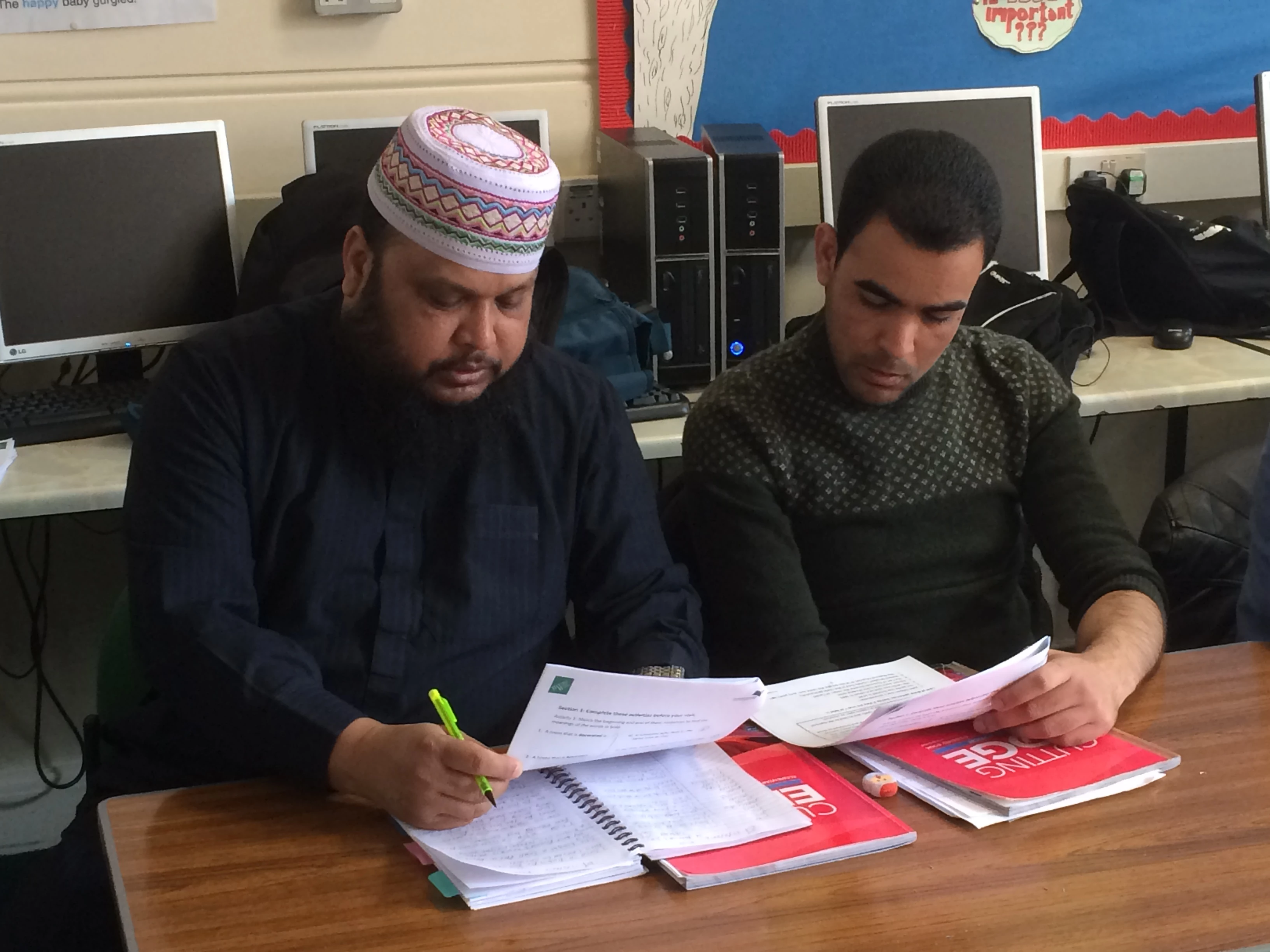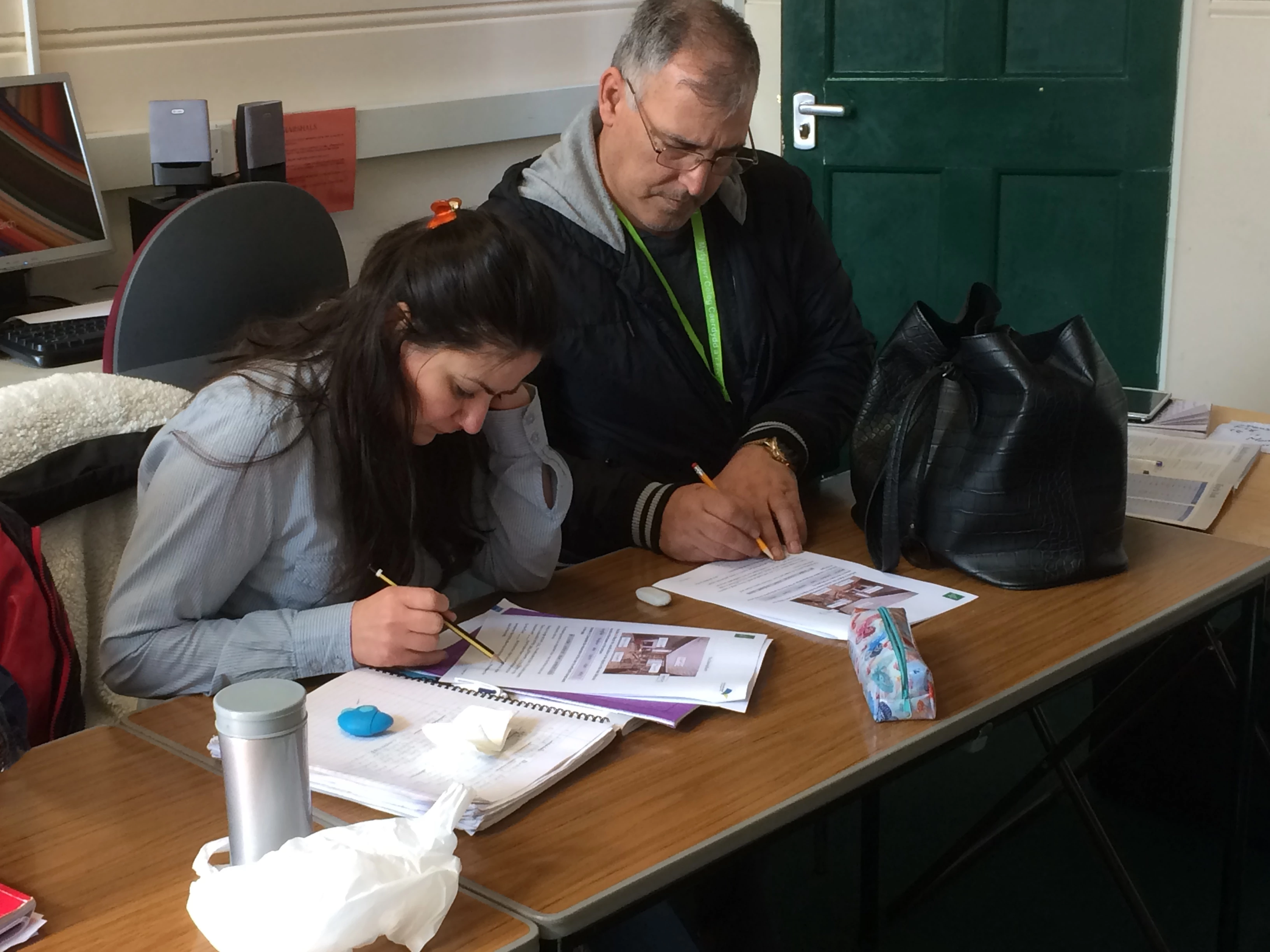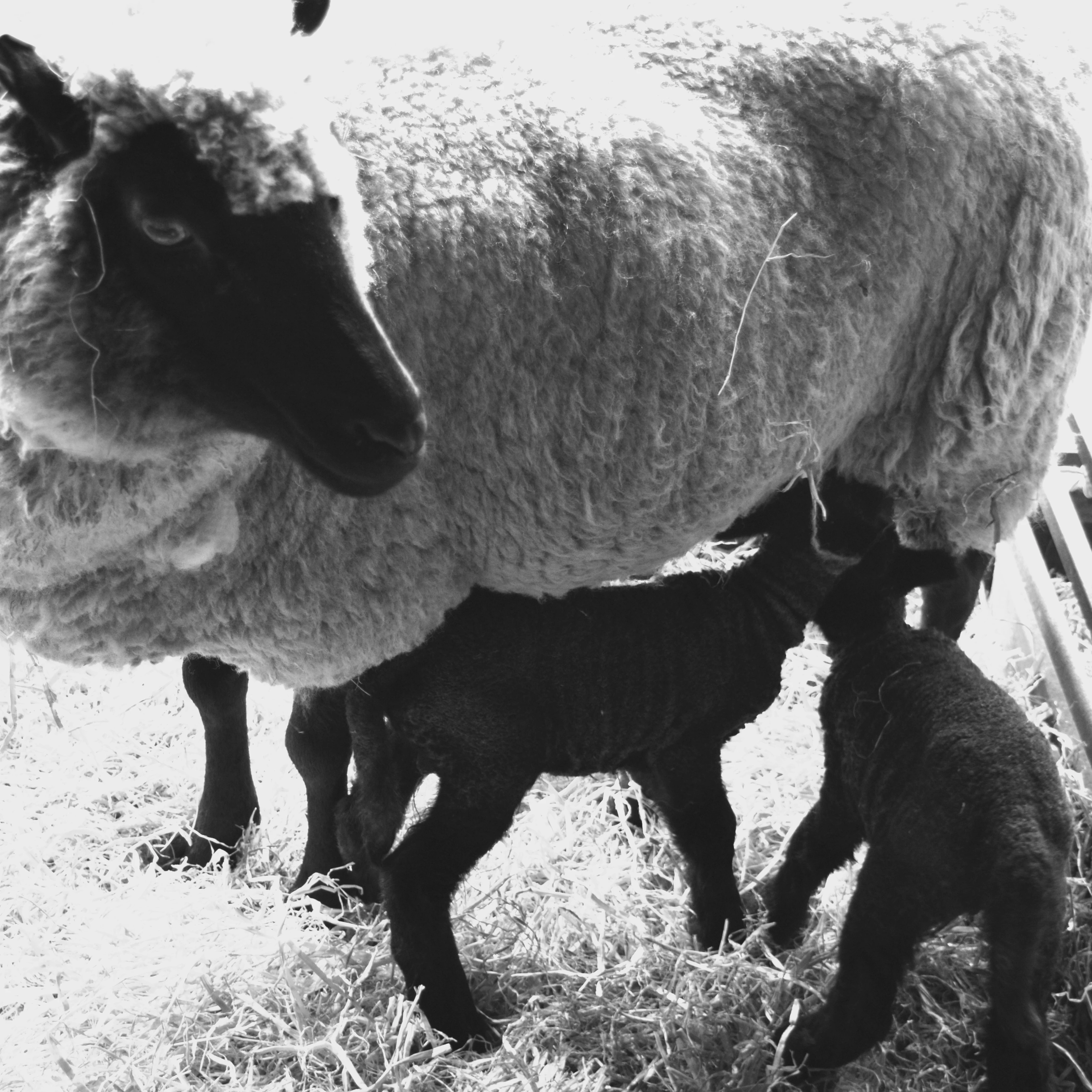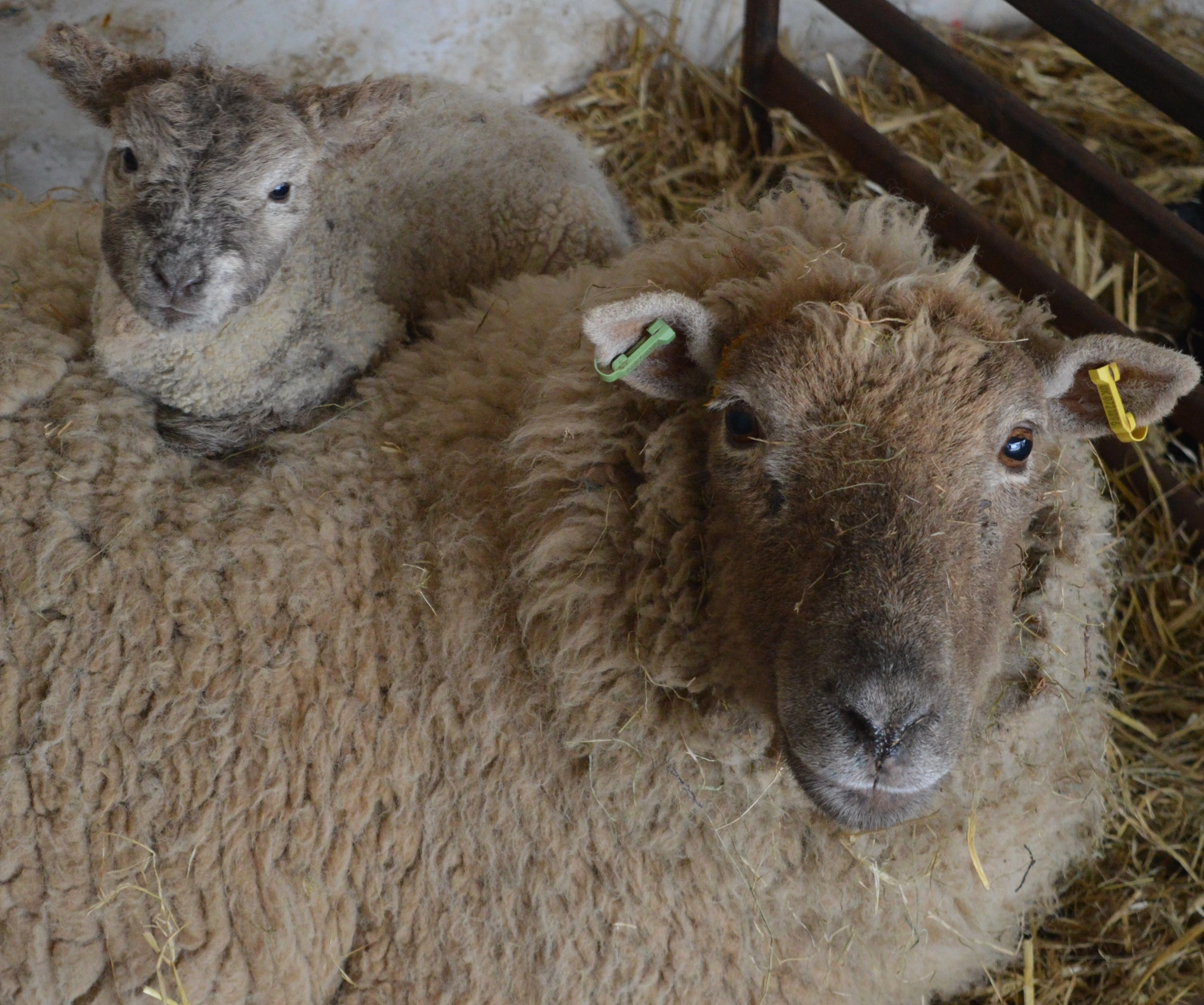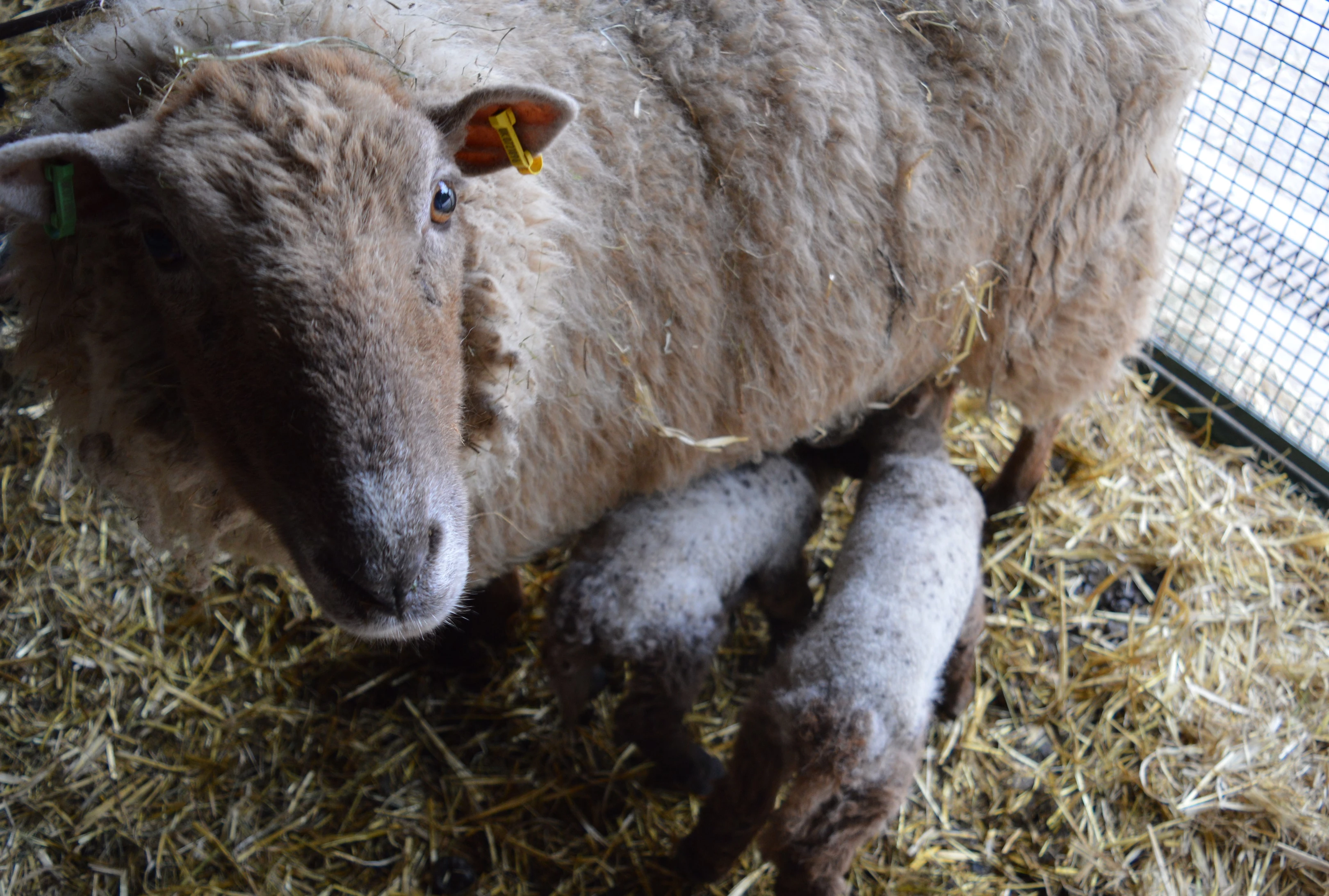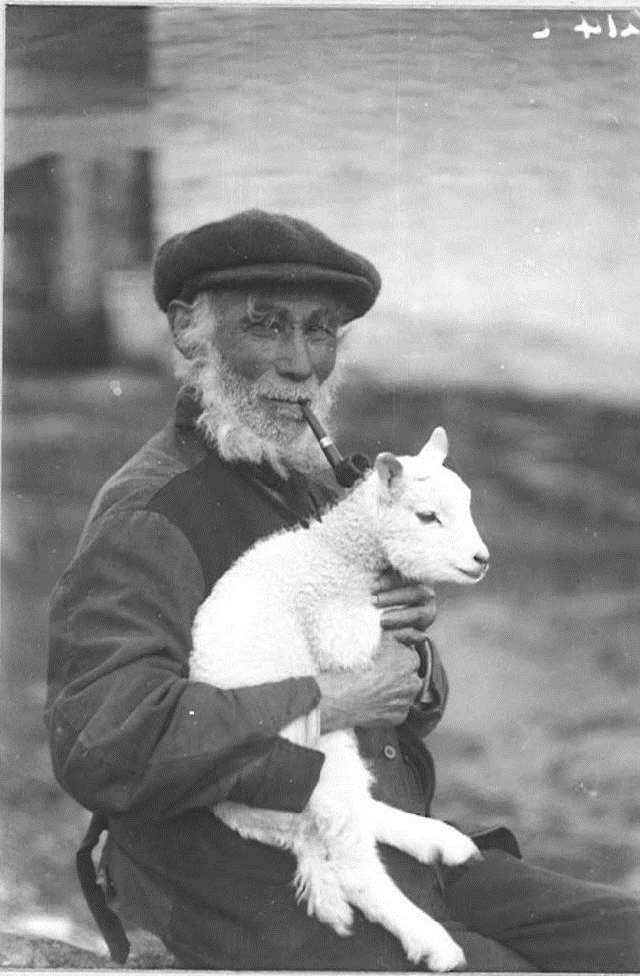Voices of the Vulcan - Rachel Cable and the Save the Vulcan Campaign
, 20 April 2016
It’s been a few weeks since I wrote my last blog about interviewing Mel and Rhona Rees, former landlords of the Vulcan pub. Our aim with the Vulcan project over the next few months is to capture the experiences and memories of the people who knew the Vulcan, with the interviews eventually being displayed in one of the redeveloped galleries.
Since the last interview, we’ve been out again hearing about a very different aspect of the Vulcan’s story and history, the pub’s closure and the campaign to save it. The Vulcan was due to close in June 2009 to make way for a multi-story car park and flats which resulted in the formation of the ‘Save the Vulcan Campaign’.
To capture the story, Dafydd Wiliam and I interviewed Rachel Cable, the ‘Save the Vulcan’ campaign manager. We met Rachel at the National Assembly in Cardiff Bay, where 7 years ago, around 50 campaigners presented a petition with over 5,000 signatures to save the pub to Assembly Members.
Among the famous names to back the 5,000-signature petition were James Dean Bradfield, of Manic Street Preachers, actor Rhys Ifans and sports presenter John Inverdale.
Rachel spoke about her first visit to the pub in Adamsdown and how she fell in love with its old fashioned décor and friendly punters and landlady. To Rachel and many others, this was a pub that needed to be saved. As part of the campaign they started a petition, made an application to CADW to get the Vulcan listed, designed and sold Save the Vulcan t-shirts and organised events at the pub such as literary nights and even a Star Treck party!
Rachel also spoke of the huge success of the Save the Vulcan blog and facebook page which helped attract support and also resulted in wider media attention.
Due the determination and hard work of the campaigners an agreement was reached in 2009 for the Vulcan to remain open for a further three years. The campaign continued during these years, but unfortunately they were to lose the battle, and the last order was called on Friday 4th May, 2012.
You’ll have to wait until the new galleries open to watch the final interview, but until then keep an eye out for more blogs about recording the voices of the Vulcan!
If you or somebody you know have stories or objects related to the Vulcan, we’d love to hear from you – please leave a message in the comments box below.
The Vulcan Hotel is one of the museum's on-going building projects. Read more here.
